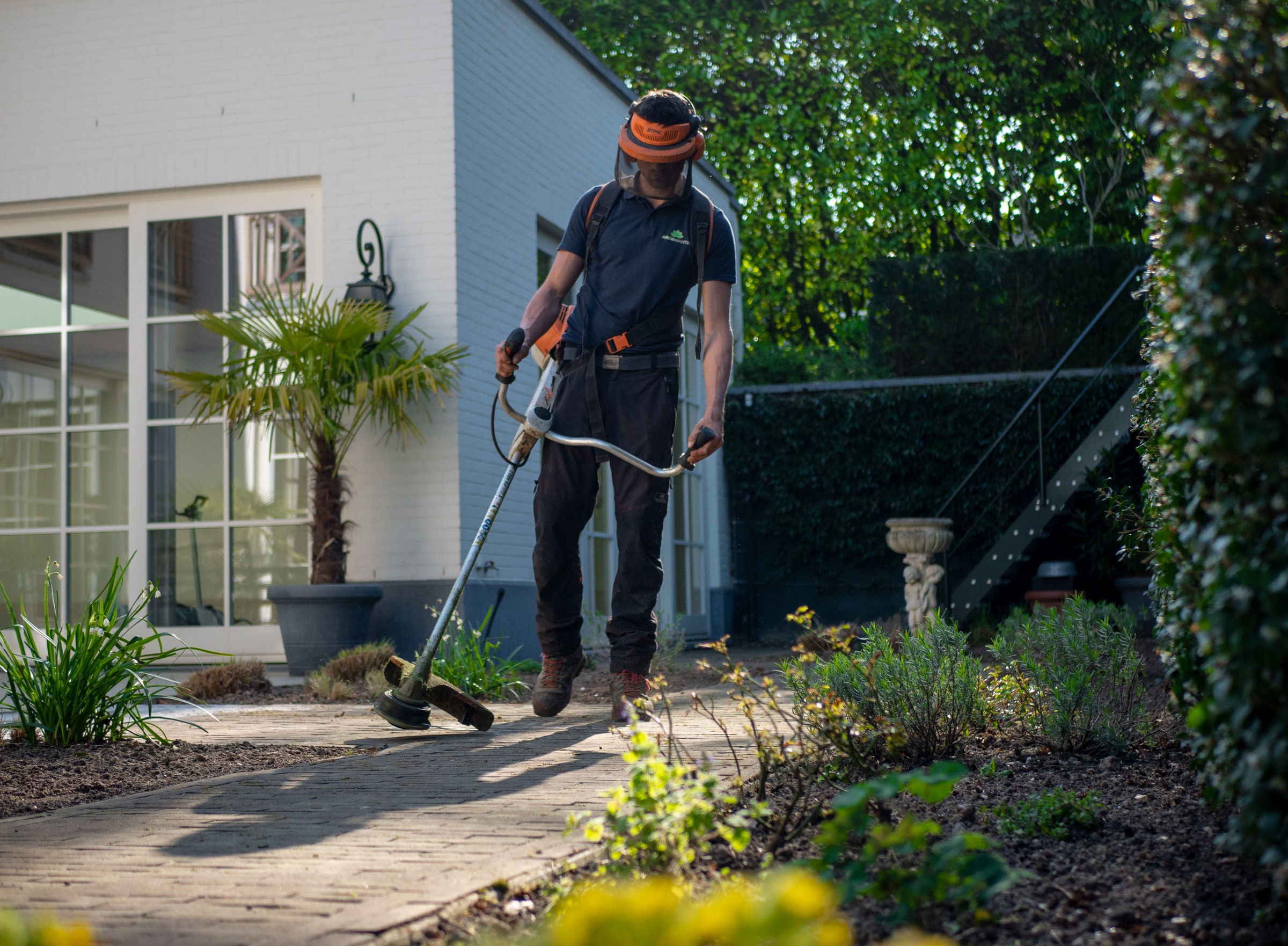Plants have a fascinating history, especially medicinal ones. In fact, there is an infinite amount to tell about these plants. Both in the past and in the present. In today’s article, we are going to uncover some of these plants that are generally safe to use. However, there are some people who should always be careful with medicinal plants, those who are on medication, have a chronic or life-threatening illness, are pregnant or nursing.
Plants and Herbs Considered to Have Beneficial Effects
1.Rosemary
Rosemary tea is considered good for dry and problematic scalp if used topically. If you drink the tea, it is slightly soothing. Can help keep ticks away if you rub the herb or an extract (infusion) of it on the skin. The leaves are used, fresh or dried. Feel free to grow it in a pot and overwinter it in a cool indoor location.
2. Lavender

Considered to have skin care and wound healing properties, it is soothing, good against nausea and able to relieve motion sickness. It smells wonderful. There is an old tradition of putting fragrant bags of lavender flowers in the linen closet. The flowers are used dry or fresh, and oil is made from them. Thrives in dry places on poor soil and in pots outside.
3.Marigold
Classic herb for making oil. Considered good for skin problems. It is the petals that are used, dried or fresh. Dried flower petals in tea are beautiful. Easy to grow annual flower that propagates with seeds if it thrives. Suitable for the vegetable garden.
4.Lemon balm

Traditionally used as a mild sedative, a cup of tea can be taken for stress and considered good for digestion. The leaves are also used for wound healing. An oil made from the herb, or the fresh herb, is rubbed on wounds. Easy to grow, it propagates if it thrives and can also grow in pots.
5.Dew Cover
Considered to be able to relieve PMS and menopausal symptoms, have a healing effect and aid digestion. Use the leaves. Very easy to grow. Grows in sun or partial shade on almost any soil, as long as it is not too wet.
6.Elderberry

Traditionally used for colds and as a mild antipyretic, can also be diuretic. Use the flowers for tea or juice. Elderberry is a large shrub that is very easy to grow and blooms profusely.
7.Salvia
It is said to be good for coughs, can relieve PMS and menopausal symptoms, has a calming effect and is good for digestion. Use the leaves. Grow it in a pot or in the flower bed.
8.Peppermint
Considered invigorating and good for the stomach, counteracts skin problems and nausea. Good to mix with lemon balm. Use the leaves. Peppermint spreads quickly through its underground shoots. Therefore, put it in a bottomless buried bucket or a large pot if you want to keep it in place.
Here is How to Dry the Plants
Hang the plant upside down in small bunches in a dry, warm place, not too bright. When the plant has dried, take care of the parts of the plant that you want, keep them dry and away from light in glass jars. You can also remove the parts of the plant you are going to use and dry them lying on newspapers if you have room for it.
How to Make Your Own Herbal Oil
Fill two-thirds of a jar with dried herbs. Let them air out. Then add oil, but do not fill the entire jar. The plants should be completely covered. Put a lid on the jar and place it at room temperature. Turn the jar every day to avoid fermentation. Make sure that all parts of the plant are covered with oil at all times. Open the jar after one week and smell if fermentation gases have formed. If so, open the jar and release the gases every few days.
After two to four weeks, the oil is ready. Carefully strain all parts of the plant and pour the oil into clean jars. Label the jars with the contents and dates. Store them in a cool place. You can also use fresh herbs, but they are more likely to rot.
How about you? Do you use any other medicinal plant that we haven’t mentioned above? Share it with us in the comments below.



